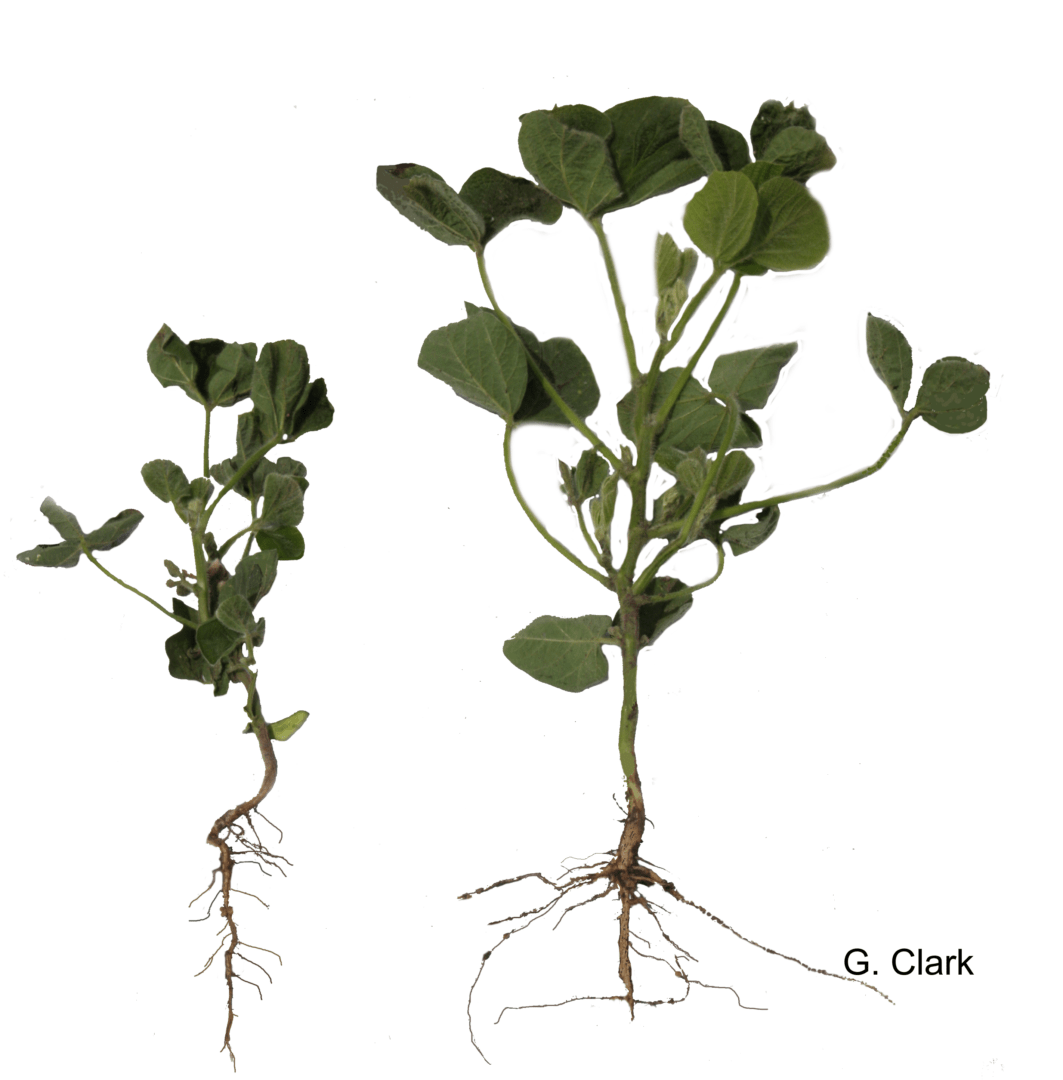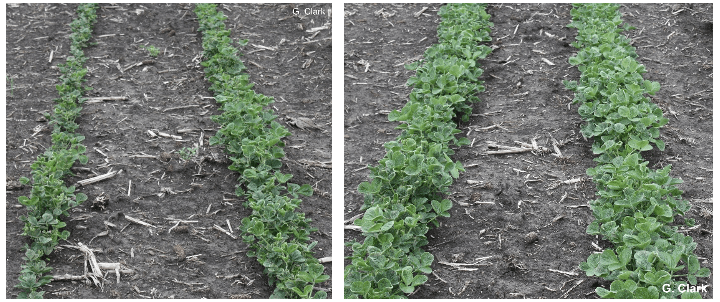by Greg Clark, Field Research Agronomist
As the harvest season is approaching quickly, you probably are not thinking of fall weed control or weed management for 2021. Weed management is one of those ongoing undertakings to contemplate about anytime, especially dealing with herbicide-resistant weeds. Before the winter weather sets in, a good tactic is to follow some general guidelines, thus giving growers a head start before the 2021 planting season begins. Remember, some weeds are capable of setting viable seed within thirty-days after emergence during late summer and early fall.
Below are a few points that will help achieve a successful weed management program; let us examine the three main types of weeds:
- Annuals: Weed species that completes its life cycle (seed to seed) within one growing season or one calendar year.
- Winter annuals weeds germinate in the late fall/early winter through early spring (October to March). Soil temperature and moisture is critical for the germination of winter annual weeds
- Summer annuals weeds germinate when temperatures increase in the spring (April to May) through summer. Soil moisture must be sufficient for this to occur.
- Biennials: Weeds that live for more than one year, but less than two years.
- Perennials: Weeds that live for more than two years or seasons.
General Guidelines for Weed Management:
- Weed management performance: Growers can start by assessing their 2020 weed control program. Evaluate what worked satisfactorily, what went wrong, and identifying any sections within a field that might demand particular consideration to control weed escapes.
- Inadequate weed control might be related to a lower plant stand, seeding date, seeding depth, crop rotation, environmental conditions at the time of spraying (soil is to wet, the air temperature above 88°F, etc.), plugged nozzles, inadequate application of herbicides and tank-mix partners, or herbicide-resistant weeds.
- Additionally, did any herbicides cause damaged to the crop? If crops were injured in 2020 by herbicides, consider using L-CBF BOOST™ as an herbicide tank-mix companion. Research has shown that L-CBF BOOST™ lowers injury to the plant by reducing leaf burning associated with some herbicides and has significantly been proven to increase spray droplet sizes in specific herbicides (Images 1-3). [1]
- Herbicide application: Fall is the best time to manage winter annual weeds in fields compared to herbicides being applied in the spring. Herbicides can be used after harvest to remove any weeds that have appeared after the removal of the crop. By reducing weeds in the fall will minimize the number of weeds growing in the spring, thus making planting easier.
- Tillage: Tillage can lower weed pressure and prevent a seed-bank population explosion. Clean fields in the fall and spring will reduce the number of weeds that emerge in the spring, allowing for more effective weed management practices, and lowering the chances of herbicide-resistant weeds the following year.
For more information on L-CBF BOOST™ as a herbicide tank-mix partner, or using L-CBF BOOST™ with your farm fertility program, please contact your local Regional Sales Agronomist.

| Glyphosate | Glyphosate |
| 2,4-D | 2,4-D |
| AMS WG | AMS WG |
| L-CBF BOOST |

| Glyphosate | Glyphosate |
| 2,4-D | 2,4-D |
| AMS WG | AMS WG |
| L-CBF BOOST |
- L-CBF BOOST ™ is labeled a Liquid Carbon-Based fertilizer and not a herbicide. Read and understandall herbicide labels. Always perform a jar test for herbicide compatibility before an application.
